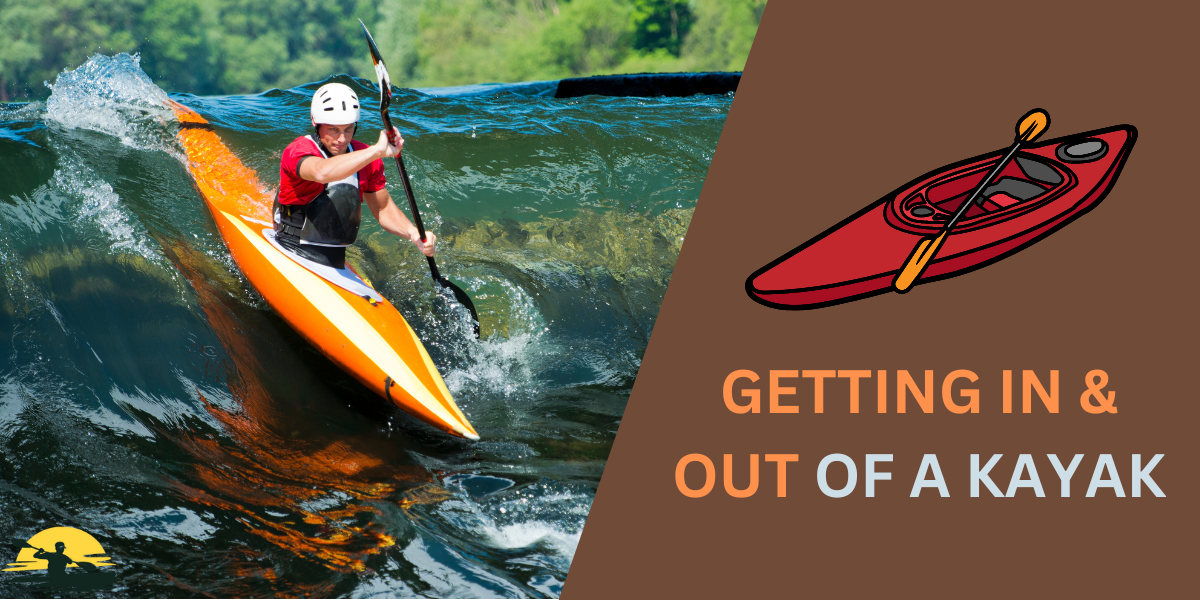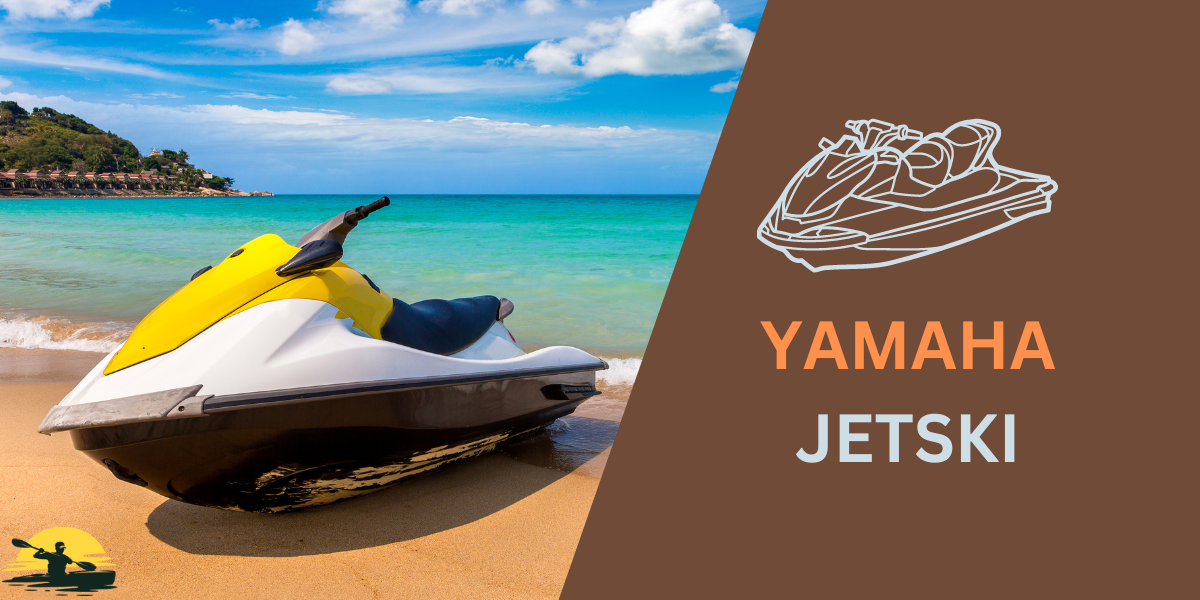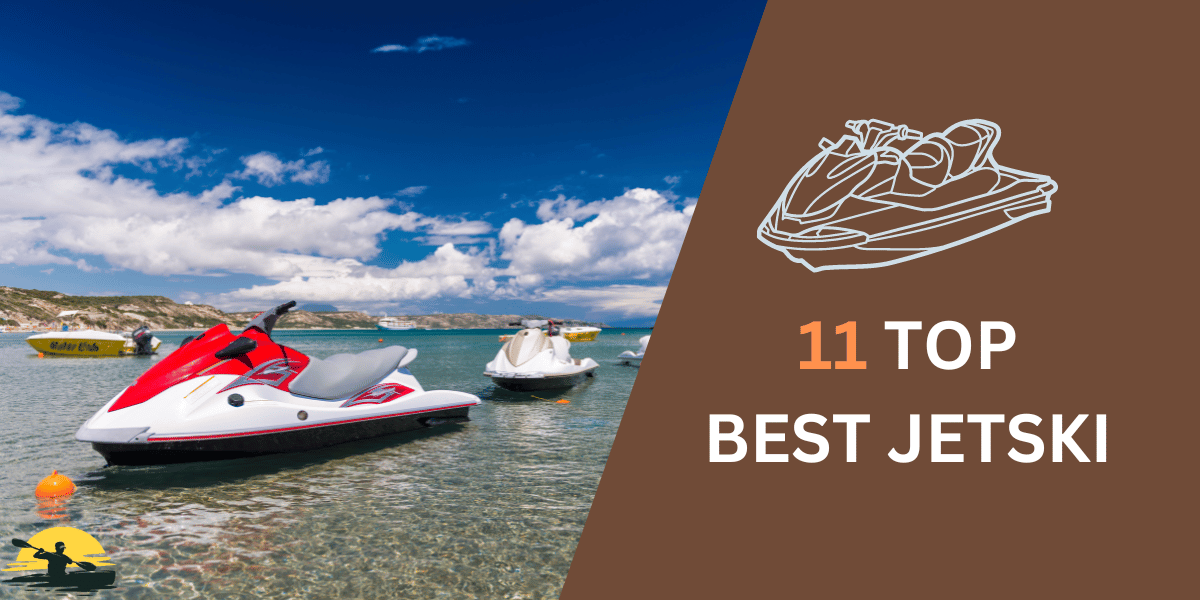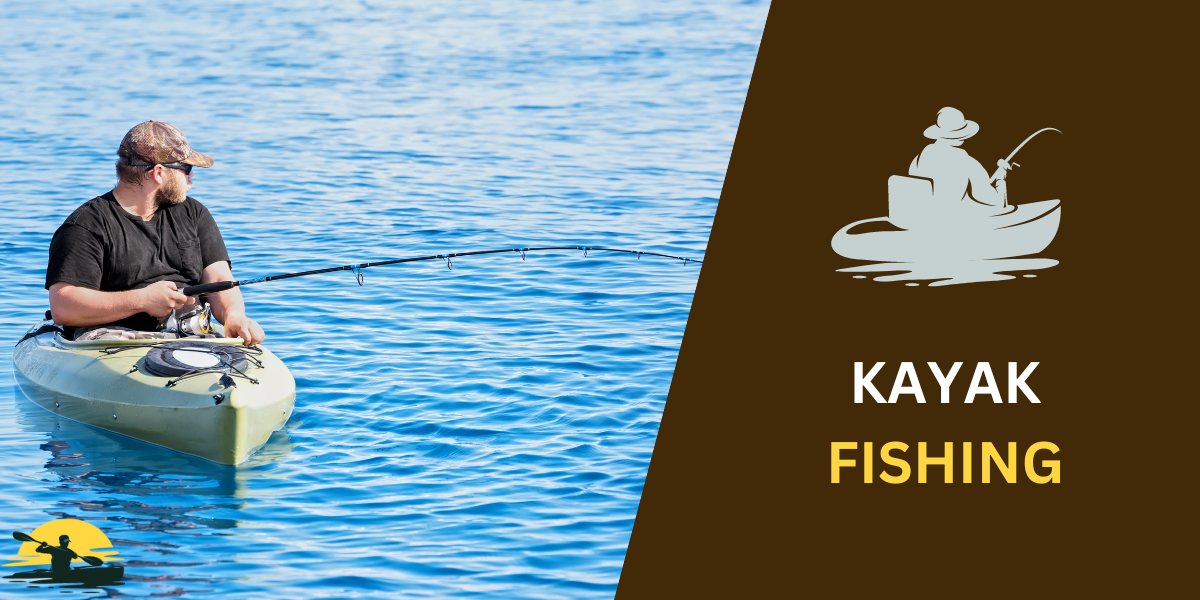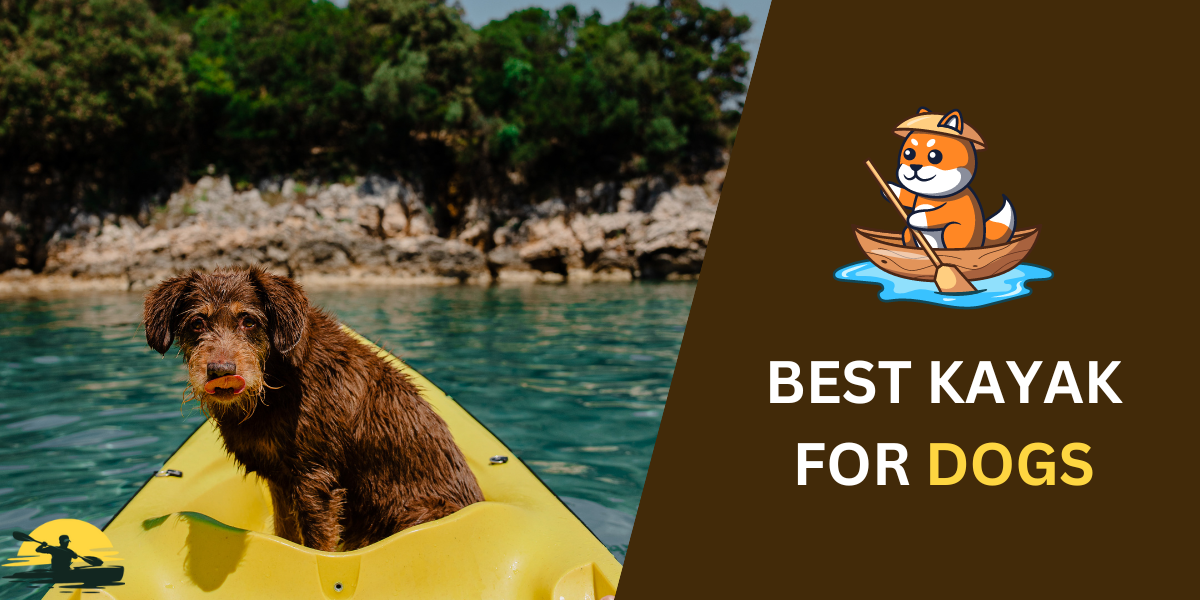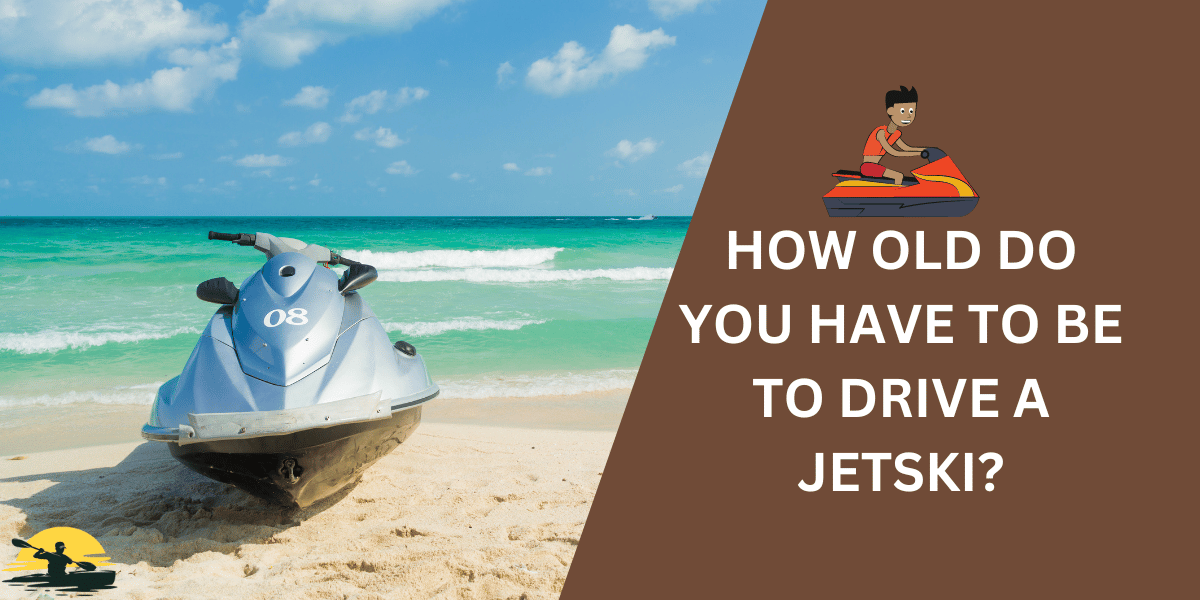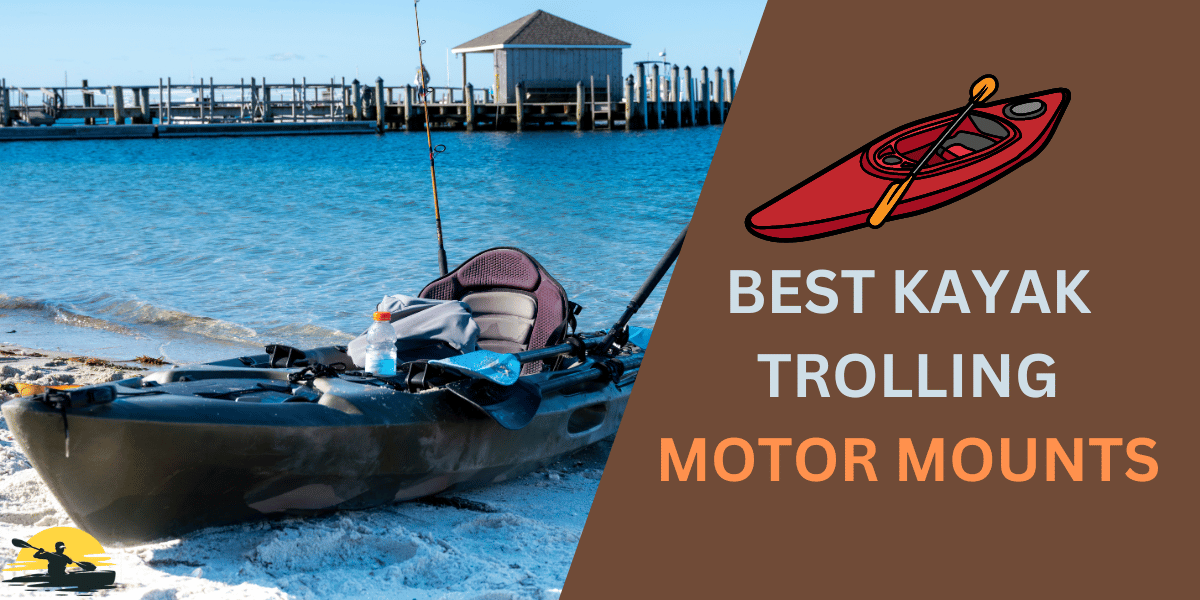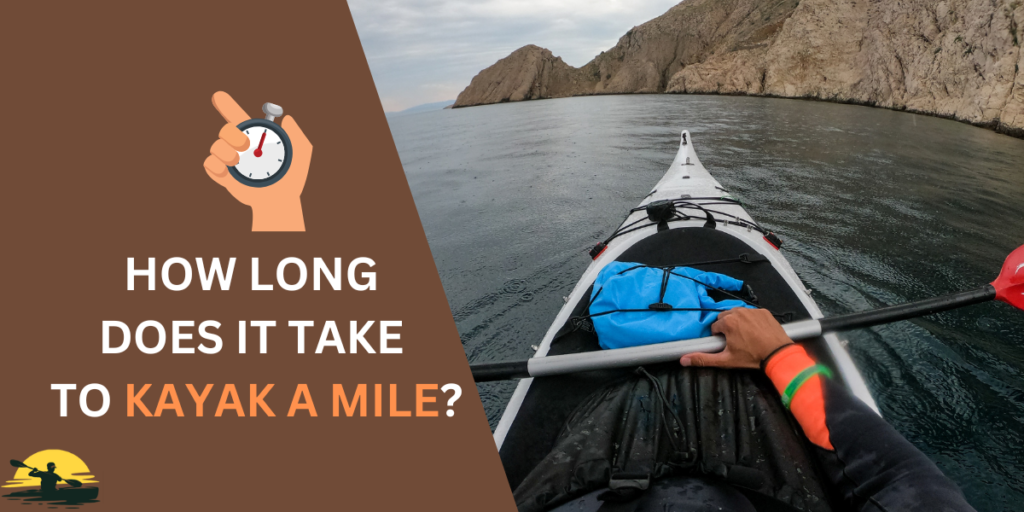
Ever dreamed of a peaceful kayak trip across a calm lake?
But then you wonder, how long will it take to get anywhere?
The truth is, there’s no one-size-fits-all answer to kayak speed.
It depends on a surprising number of things, like the type of kayak you’re using (think fishing kayak vs. sleek sea kayak) and your own kayaking experience (beginner vs. experienced).
Don’t worry; this guide will break it all down so you can estimate your kayak speed and focus on enjoying the ride!
Figuring out how long it takes to kayak a mile depends on several factors like kayak type, experience, weather, and your fitness.
On average, most beginners can expect to kayak a mile in 30-40 minutes. Experienced kayakers in sleek touring kayaks might do it in 15-20 minutes under ideal conditions.
Remember, kayaking is as much about the journey as it is about speed!
Factors Affecting Kayaking Speed
Picture this: You’re out on the water, ready for a cool kayak adventure. But how fast will you go? A lot of different things come into play!
1. Your Kayak: The Speedy Shapes
- Recreational kayaks: These are like the chill, all-around kayaks. Good for beginners, but built more for stability than speed.
- Touring Kayaks: Sleek and long, made for covering long distances. Think a sports car for the water!
- Sea Kayaks: Built for handling rough ocean kayaking – they can be fast too.
- Fishing Kayaks: Wide and super stable for casting your line, but not the fastest choice.
- Racing Kayaks: Super light, thin beamed race kayaks are all about maximum hull speed – it’s their thing!

2. You, The Paddler
- Experience: Experienced kayakers have strong paddling technique and can go a lot faster than a beginner kayaker.
- Technique: Ever heard of “efficient paddling techniques?” It’s how you hold and use your efficient paddling techniques to get the most power with every stroke.
- Fitness: The stronger you are, the longer you can paddle faster, perfect for endurance kayaking!

3. Mother Nature’s in Charge
- Water: Calm waters are your best friend for kayaking speed. Paddling upstream? That’ll slow you down a lot.
- Wind: Wind on your back pushes you along, but fighting a headwind on your kayak trip? Tough luck! Weather conditions definitely affect your speed.

4. It’s Not Just About Speed!
Sometimes it’s less about how fast you go and more about enjoying the ride. Recreational paddlers can still have awesome adventures, and some people simply prefer to chill on the water than race like a paddle boarding champ. It’s all about finding what you love!
5. Kayaking Gear & Weight: Every Pound Counts
- Your Paddle: It’s not just your arms doing the work! A lightweight, well-designed paddle helps you move more water with less effort. Think of it as your kayak’s engine upgrade.
- The Load: Think of your kayak like a truck. The more stuff you pile inside (coolers, fishing gear, supplies), the heavier it gets and the slower it’ll go. That extra weight needs extra energy to push forward!
Quick Summary
So, want to kayak faster? Here’s the gist of it:
- Choose a sleeker kayak if speed is your thing.
- Practice good paddling techniques for maximum power.
- Get fitter and more robust to paddle at top speed longer.
- Check the weather and hope for calm water and a tailwind!
- Pack light to keep your kayak nimble.

Figuring Out Your Kayak Speed
Okay, so you know the stuff that affects your speed, but how fast will you go? Unfortunately, there’s no magic number. Your paddling speed will vary depending on many things, but we can get you a ballpark estimate.
Think about these:
- Kayak Type: Remember those sleek touring kayaks? They have a speed advantage over wider, recreational ones. Longer, narrower kayaks generally go faster.
- Your Experience: Experienced paddlers have a powerful forward stroke and know how to get the most out of their kayak.
- The Day’s Weather: Super calm lakes are perfect for a fast trip. High wind speeds or turbulent rivers can slow you down big time, even if you’re super strong! Wind direction is important – is it working with you or against you?
- Your Fitness: Think of paddling like running. The longer you can go at full power, the further (and faster) you’ll get on long distances.

A Simple Chart To Help
Since kayaking speed depends on several factors, it’s tough to be super exact. But let’s try a simple chart to get you started. Remember, even experienced paddlers will face challenging conditions that slow them down!
| Experience Level | Kayak Type | Conditions | Average Speed |
|---|---|---|---|
| Beginner | Recreational | Calm water | 2-3 miles per hour |
| Intermediate | Recreational/Touring | Calm, slight wind | 3-4 miles per hour |
| Experienced | Touring/Sea Kayak | Calm, good wind conditions | 4-5+ miles per hour |
drive_spreadsheetExport to Sheets
Important Note: Theoretical maximum speed (based on your kayak length and stuff) is excellent to know, but in real life, with wind resistance, fatigue, etc., it’s hard to reach. Focus on these averages!
Don’t Forget: Always carry safety equipment and know your limits. There’s no shame in going slow and enjoying the scenery!
Tips to Level-Up Your Kayaking Speed
Want to glide across the water a little faster? Whether you’re dreaming of covering long distances or just beating your own best time, here are some tricks to try:

1. Master Your Technique
- Learn the Basics: Good paddling form is like having superpowers in your kayak! Look up videos or ask someone experienced for tips on proper strokes.
- Practice Makes Perfect: Every time you paddle, focus on smooth, efficient movements. You’ll get both faster and less tired!
2. Gear Up (If You Can)
- The Right Paddle: A lightweight paddle that fits your height makes a big difference.
- Upgrade Your Ride: If you’re serious about speed, a longer kayak like a touring or sea kayak will give you an edge.
- Comfy is Key: A comfortable seat and footrests mean you can focus on paddling, not adjusting.
3. Get Stronger
Kayaking is physically demanding! Even if you’re in good shape, exercises focused on your core and arms will help you paddle harder and longer.
4. Be Weather-Wise
- Check the Forecast: Calm water and a tailwind (wind at your back) are your best friends for speedy kayaking. Avoid choppy waves or fighting headwinds.
- Use Currents: If you’re kayaking in a river, paddling downstream with the current helps you zip along.

It’s a Marathon, Not a Sprint
Remember, even a world record holder didn’t start super fast! Here’s the truth about kayaking speed:
- It Takes Time: Improving takes practice and patience.
- Enjoy the Ride: Kayaking is about way more than just speed. Don’t lose sight of the fun!
- Realistic Goals: Aim to improve your mile time bit by bit. Don’t get discouraged if you’re not the fastest paddler out there.
A Quick Note on Averages:
The average person can kayak about one mile in 20-30 minutes, but many factors play into this.
Generally speaking, the answer to “How long does it take to kayak a mile?” will vary greatly depending on your fitness level, skill level, gear, and water conditions.
Slow Down and Soak It In
Speed thrills, but there’s something special about just chilling out on your kayak. Seriously, sometimes it’s less about a race and more about the kayaking experience. Here’s why:

- The Scenery: Zipping past at top speed means you might miss the cool stuff! Slowing down lets you spot birds, turtles, or even an awesome hidden cove.
- Relaxing Time: Kayaking can be a major stress reliever. Let the gentle water sounds and rocking of the kayak put you at ease – even with adverse weather conditions or changes in wind speed, it can still feel peaceful.
- Fun With Friends: If you’re kayaking with buddies, going super fast makes it hard to chat and laugh together. A slower pace on flat water makes connecting easier.
Remember:
- It’s Your Adventure: There’s no “right” way to kayak. Some folks love the challenge of covering long distances, while others prefer a leisurely paddle. Do what makes you happy!
- Focus on the Experience: Instead of obsessing over your average speed, think about how the whole trip made you feel. Did you learn something new? Did you enjoy some cool nature sightings? Even an experienced kayaker can benefit from slowing down and focusing on the joy of the activity.
Don’t Worry About Being the ‘Best’
It doesn’t matter if you’re the fastest paddler on the lake.
Your physical fitness level might improve with time, but that shouldn’t be the focus.
Kayaking lets you challenge yourself, connect with nature, and simply have a good time. That’s what truly counts!

Wrapping It Up
So, how long does it really take to kayak a mile?
There’s no simple answer! Think of all the things that change your speed: your kayak, your skills, and even the weather.
It’s okay if you’re not setting records on your first try – the average paddler takes their time and that’s perfectly fine.
The most important thing is getting out on the water and having fun.
Whether you prefer a speedy trip to cover long distances or a relaxed paddle to soak in the sights, kayaking is great for everyone.
Here’s a quick reminder:
- Focus on the Journey: Enjoy the process, not just how fast you go!
- Experiment: Try different kayaks and explore new places.
- Be Safe: Check wind conditions and always wear safety gear.

Ready to Hit the Water?
We hope this guide helps you understand all the factors affecting your kayaking speed.
Now, plan your next adventure!
Don’t forget to leave a comment and tell us how long it took YOU to kayak a mile.
Maybe you’ll even beat your average time!
Frequently Asked Questions
Can I kayak 5 miles in one day?
Absolutely! Most reasonably fit kayakers can cover 5 miles, especially with breaks and on calm water. Remember, your pace will vary depending on your experience, kayak type, and conditions.
Do I need a special kayak for speed?
While touring or sea kayaks are faster, you can still get a good pace with a recreational kayak. Paddling technique and fitness play big roles! Focus on efficient paddling, and you’ll see gains in speed over time.
What’s considered an excellent kayaking speed?
Most people average 2-3 miles per hour. As you gain experience and fitness, you may hit 4-5 miles per hour. Don’t compare yourself to others; focus on your progress.
How much does the current affect my kayak speed?
Currents make a huge difference! Paddling downstream with the current can boost your speed significantly while fighting an upstream current will dramatically slow you down.
Are kayaks faster than canoes?
Generally, yes. Kayaks are designed with a focus on speed and efficiency. Their double-bladed paddles, sleek shape, and enclosed design offer advantages over canoes in terms of pure speed.



